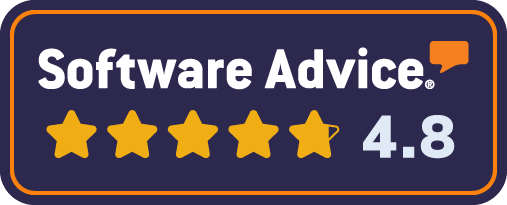The benefits of public facing Brand Toolkit for place brands
In todays content obssesed world, it’s often external storytellers who are telling or sharing your brand story.
This is particularly so for community “owned” brands such as a city brand, a nation brand, a region brand - collectively known as Place Brands.
Smart place brands like The New Zealand Story, Tourism New Zealand, ChristchurchNZ, Brand Tasmania, VisitScotland, and Brand Estonia are just a few of the place brands leading the way and building brand toolkits with curated public-facing content.

(Sceenshot of the Otautahi ChristhurchNZ Place Brand Toolkit powered by Brandkit software)
This freely accessible content along with trade specific content means that anyone can start telling the brand story, promoting “their” place through a myriad of channels.
This allows them to use brand and brand curated content as a storytelling mechanism as they look to attract storytellers, partners, community organizations, private sector businesses and the media in addition to raising their profile among future visitors, students, businesses and investors.
Govern not own
In the case of a place brand, the brand team’s role is to curate and give direction for the brand. It doesn’t really own the brand. Ownership is with the people that live in a place. They are the ones that embody the brand and give it life - that make the story true.
This makes place branding an especially challenging activity as you must balance positioning for the future with the reflecting the collective memories and understanding of the past and present.
Influence the story through content
Most brand’s want to tell a consistent story, and that includes the stories told by people outside the core team. In order to do so Brands have to share the “brand story or narrative” widely and hope to achieve acceptance amongst other storytellers.
One of the goals of a public facing Brand Toolkit is to influence the narrative by offering a repository of authentic, credible, and curated content that storytellers, both local and global, can draw upon.
These Place Brand Toolkits serve as a rich source of information and visuals, which can guide narrators to frame a story that resonates with the brand’s core values and message.
Building a Community of Brand Storytellers
Public-facing brand toolkits play an instrumental role in cultivating a community of storytellers who act as brand ambassadors. Through these toolkits, brands can engage with various stakeholders including local inhabitants, businesses, and media outlets to encourage them to share their experiences and stories.
These narratives, coming straight from the community, can potentially be more powerful and convincing compared to corporate communications, as they offer a grassroots perspective and a personal touch.
Moreover, they facilitate a sense of ownership among the residents and stakeholders, who feel involved and recognized in shaping the brand’s image and identity. This sense of community involvement not only fosters a positive relationship between the brand and its audience but also promotes a more organic and genuine brand growth.
Facilitating Consistent Brand Messaging
A well-managed brand toolkit can assist in maintaining consistency in messaging across various platforms and mediums.
By offering a centralized hub of resources such as brand guidelines, press releases, media kits, and visual assets, it allows for a unified and cohesive brand narrative.
This consistency helps in building trust and credibility, as the audience receives a unified message from different narrators.
Leveraging User-Generated Content and Community Contributions
Public-facing brand toolkits can also be a treasure trove of user-generated content, which can be harnessed to provide an authentic and diverse portrayal of the brand.
By encouraging users to share their stories, photos, and experiences, brands can create a rich tapestry of narratives that offer multiple perspectives and nuances, adding depth to the brand story.
For example Place Brand Toolkit software like Brandkit enables the community and private sector businesses to contribute their own authentic content to the place brand’s pool of content, while allowing place brand administrators to curate contributions to maintain quality and a consistent brand narrative.
Analytics and Insights
Another significant advantage of utilizing a brand toolkit is the potential to gain insights and analytics regarding content engagement. Brands can monitor which content pieces are resonating with the audience, which channels are most effective, and what kind of narratives are generating more traction.
These insights can be instrumental in tweaking strategies and focusing efforts on aspects that are yielding better results.
Conclusion
In a world where stories shape perceptions, public-facing brand toolkits serve as a critical tool in sculpting the narrative surrounding a place brand. By fostering community engagement, encouraging consistent messaging, and leveraging user-generated content, these toolkits can greatly enhance a brand’s visibility and reputation.
As a bridge between brands and storytellers, they hold the power to craft a story that is not only engaging but also deeply rooted in the authentic experiences and values of the community it represents.
In the end, these toolkits don’t just tell a story; they invite others to become a part of the story, weaving a rich, collaborative, and vibrant narrative that stands testament to the true essence of the place brand.
Happy branding :)
The benefits of public facing Brand Toolkit
Discover the world of Place Brands – where external storytellers shape city, nation, and region brands in today’s content-driven landscape.


